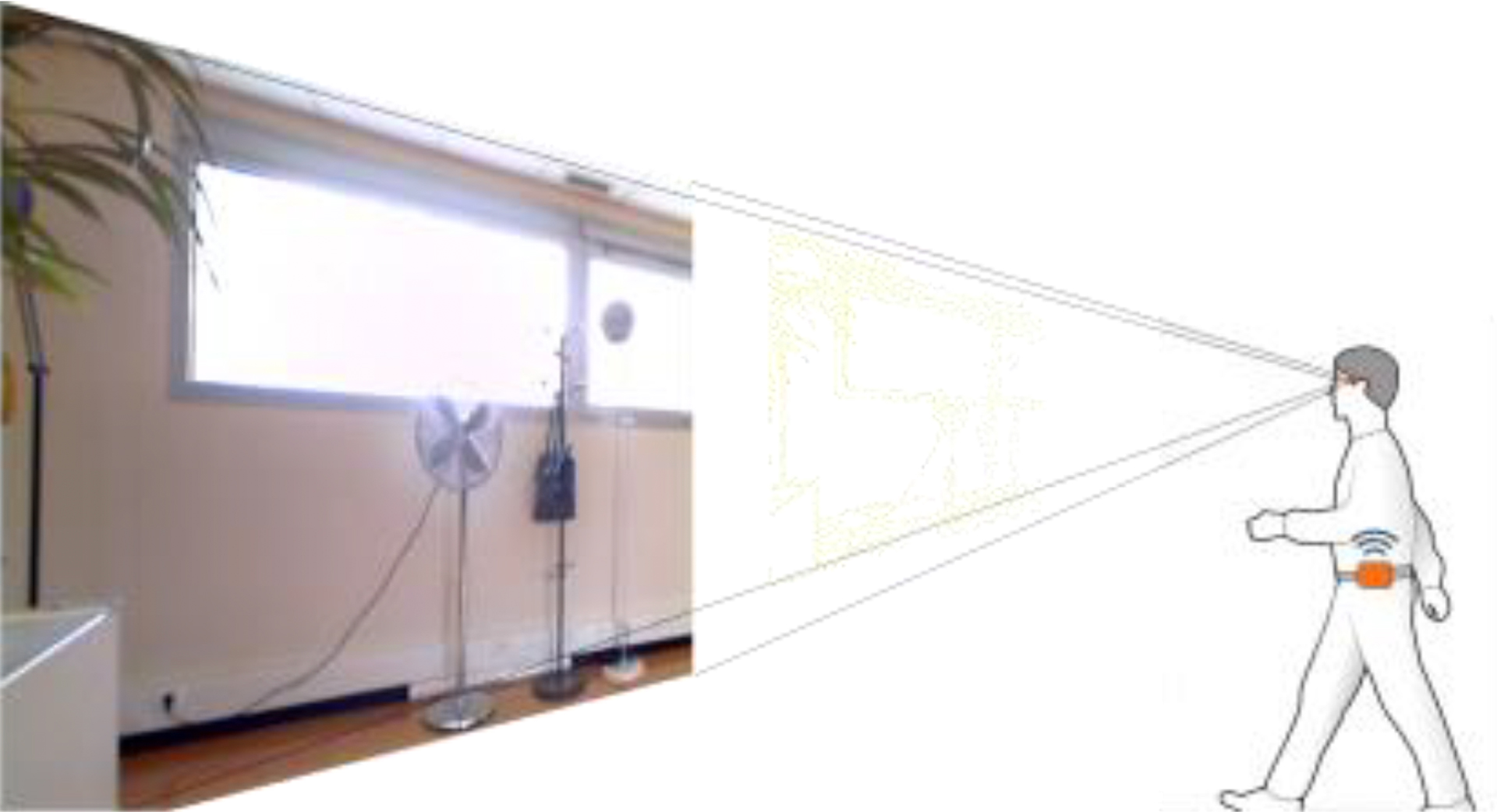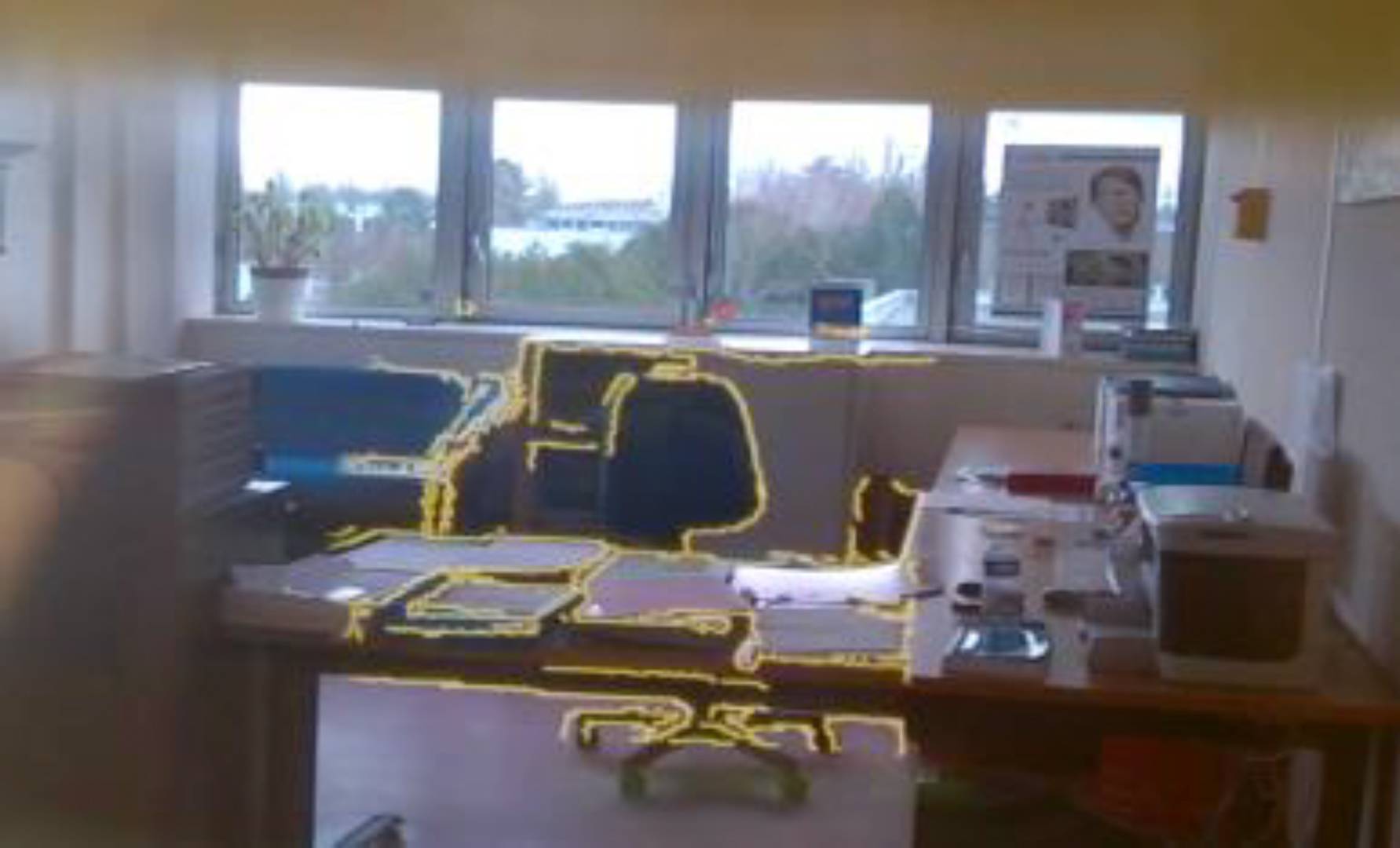“Laster Technologies OmnivisiO Project” by Froissard
Conference:
Experience Type(s):
Entry Number: 15
Title:
- Laster Technologies OmnivisiO Project
Organizer(s)/Presenter(s):
Description:
There are around 285 million of visually impaired people in the world. Aged related Macular Degeneration (AMD) is for, example, one of the most important visual disease in occidental countries. The forecasts of the World Health Organization [WHO ICD 2010, WHO 2012, WHO 1981] translate a major risk which it will be necessary to face, and developing adapted tools is urgent. Nowadays, the only primary aids offered to visually impaired people for independent mobility are in fact different types of canes and guided dogs. The main origin of such a relative unsuccessful result in assisting with navigation is the lack of significant additional visual information provided by electronic travel aids to low vision individuals. During the past years, many research teams have proposed some assistive technologies or solutions to compensate vision impaired troubles. Nevertheless, little researches have been conducted on wearable systems exploiting the residual vision of visually impaired people to assist them in mobility even if professionals working in the field of low vision agree to say that it is important to stimulate the residual vision early in the sight-loss process.
References:
The international classification of diseases, 10th revision (icd-10) 2010. Technical report, Geneva Switzerland, 2010
World Health Organization. The use of residual vision by visually disabled person, euro reports and studies 41. Regional Office for Europe WHO, January 1981. Copenhagen, Denmark.
World Health Organization. Global data on visual impairments, 2012. WHO/NMH/PBD/12.01.
Benoît Froissard, Hubert Konik, Alain Trémeau, Éric Dinet 2014, Contribution of Augmented Reality Solutions to Assist Visually Impaired People in Their Mobility. HCI (7) 2014: 182-191
Acknowledgements:
To ANRT French research agency for funding this project. To Laster Technologies to create and support this project. To all visual impaired and volunteers who participated during evaluation phase.






